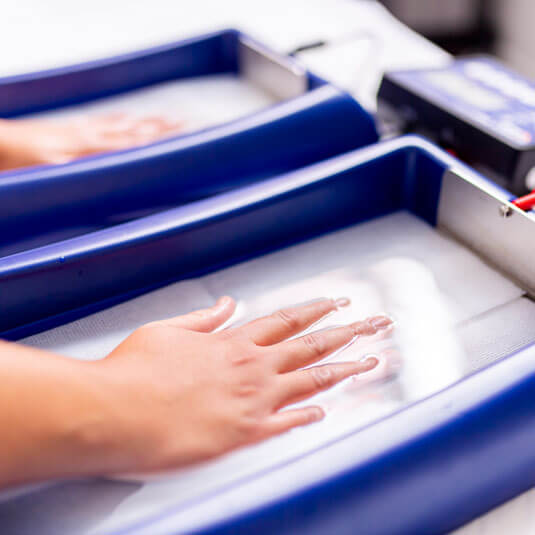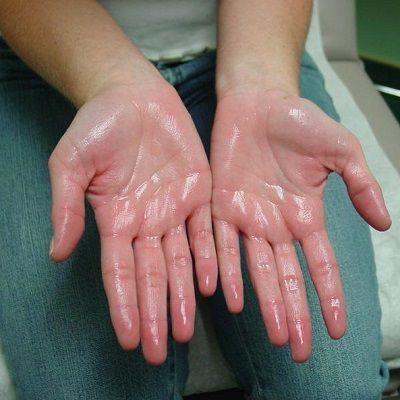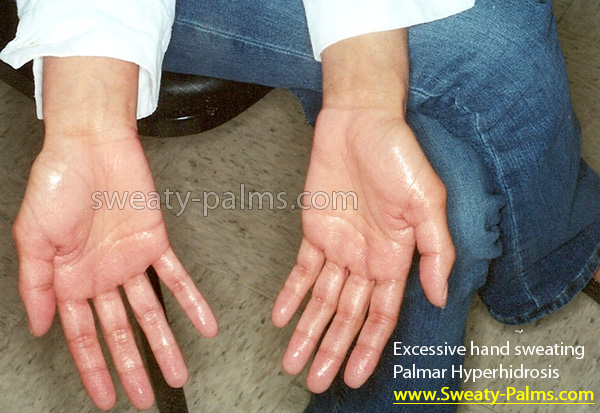Introducing the Complexities of Excessive Sweating: A Comprehensive Guide to Diagnosis and Administration
Too much sweating, clinically referred to as hyperhidrosis, is a condition that influences a significant variety of individuals and can have an extensive effect on their lifestyle. While sweating is a natural physical function, its overactivity in hyperhidrosis provides an one-of-a-kind collection of difficulties that typically surpass mere discomfort. Recognizing the underlying causes, acknowledging the symptoms, and navigating the analysis procedure for hyperhidrosis can be complex tasks. In this comprehensive guide, we will explore the intricacies of hyperhidrosis, from its diagnosis to the variety of therapy choices available, clarifying reliable administration strategies for those facing this problem.

Understanding Hyperhidrosis Causes
Hyperhidrosis causes can be attributed to numerous aspects such as genetics, hormonal discrepancies, and particular medical conditions. Genetics play a considerable function in primary focal hyperhidrosis, where individuals inherit the condition from their household participants. By recognizing the specific aspects adding to too much sweating, medical care suppliers can customize treatment plans to attend to the underlying cause, providing alleviation and enhancing the quality of life for individuals impacted by hyperhidrosis.
Acknowledging Hyperhidrosis Symptoms

Additionally, hyperhidrosis symptoms may show up in social and emotional distress, as individuals might feel self-conscious or distressed regarding their sweating, leading to evasion of social circumstances (Exessive Sweating). Additionally, duplicated episodes of extreme sweating can result in skin maceration, fungal infections, and a total reduction in self-worth
Diagnostic Process for Hyperhidrosis
Launching the diagnostic process for extreme sweating involves detailed evaluation of the person's medical history and physical assessment. Asking about the start, duration, and triggers of sweating episodes is essential to distinguish in between primary focal hyperhidrosis and additional generalized hyperhidrosis. Case history needs to likewise include inquiries concerning medicines, clinical conditions, and household background of hyperhidrosis.
During the physical evaluation, particular focus is paid to the locations affected by sweating. The medical care service provider might examine the level of sweating, look for signs of underlying conditions, and review the influence of sweating on the person's top quality of life. Furthermore, particular tests like the gravimetric test, starch-iodine examination, or skin conductance dimensions may be carried out to quantify the amount of sweat produced.
Furthermore, in cases where additional hyperhidrosis is believed, extra tests such as blood examinations, urine tests, and imaging studies might be recommended to identify the underlying cause of excessive sweating. The analysis procedure aims to precisely identify the type and source of hyperhidrosis to guide suitable management techniques.
Treatment Choices for Hyperhidrosis
When resolving extreme sweating, different therapy options are offered to alleviate symptoms and enhance the individual's high quality of life. The therapy strategy for hyperhidrosis depends on the seriousness of symptoms and the person's action to initial therapies.
Topical therapies, such as aluminum-based antiperspirants, are often advised as the first line of defense for taking care of light instances of hyperhidrosis. These items work by connecting the sweat ducts, hence decreasing the quantity of sweat that gets to the skin's surface area. For individuals with much more severe signs, oral medications like anticholinergics might be recommended to assist reduce sweating. These medications can have side effects and are not suitable for everybody.

Effective Management Techniques
To properly take care of hyperhidrosis, a comprehensive and customized treatment plan customized to the person's details needs and response to previous treatments is essential. This plan may incorporate a mix of restorative methods, including way of living adjustments, topical therapies, oral medicines, botulinum contaminant shots, iontophoresis, and in serious instances, medical interventions like gland removal or sympathectomy. Lifestyle modifications such as wearing moisture-wicking clothing, using antiperspirants, and exercising stress-reducing strategies can complement clinical interventions. Topical antiperspirants including aluminum chloride are usually the first-line therapy, with more powerful formulations available for resistant cases. Dental medications like anticholinergics might be prescribed for generalised hyperhidrosis. Botulinum contaminant shots work for focal hyperhidrosis, offering momentary alleviation by obstructing the release of acetylcholine. Iontophoresis, involving the use of a low electrical current to minimize gland task, can be helpful for both palmoplantar and axillary hyperhidrosis. Surgical options are commonly booked for extreme, refractory situations and need cautious factor to consider of dangers and benefits. A multidisciplinary strategy entailing skin doctors, health care physicians, and, if necessary, specialists, can optimize the administration of hyperhidrosis.
Verdict
In final thought, hyperhidrosis is a condition defined by too much sweating, which can significantly influence a person's top quality of life. With proper diagnosis and management strategies, individuals experiencing from hyperhidrosis can locate alleviation and boost their overall wellness.
Too much sweating, clinically recognized as hyperhidrosis, is a problem that impacts a considerable number of individuals and can have an extensive effect continue reading this on their quality of life. By identifying the particular factors adding to extreme sweating, healthcare service providers can customize therapy strategies to address the underlying reason, using relief and boosting the quality of life for people impacted by hyperhidrosis.
Hyperhidrosis, characterized by too much sweating beyond what is essential for controling body temperature, can read this considerably impact a person's quality of life. Making inquiries about the start, duration, and sets off of sweating episodes is crucial to separate between main focal hyperhidrosis and secondary generalized hyperhidrosis. How to stop sweaty hands.In final thought, hyperhidrosis is a condition characterized by extreme sweating, which can significantly influence an individual's top quality of life